India, Pak must widen bond street via people-to-people contact, trade
By Tridivesh Singh Maini
Punjab Today : 30.01.19
|
It is no secret, that bilateral trade and people to people ties have suffered as a result of estranged relations between New Delhi and Pakistan for the past 7 decades. Some recent developments especially pertaining to religious tourism and links between the two Punjab’s have rekindled hope.
Economic links and People to people links pre -1965
If one were to look at the trajectory of the bilateral relationship, in the immediate aftermath of independence, both trade and the movement of people between both countries was far more than it is today.

A strong reiteration of this argument is that in 1948-`1949, India’s share of Pakistan’s global exports was nearly 24% and it’s share of Pakistan’s global imports was well over 50%. While in recent years, there have been numerous debates about Pakistan providing India Most Favoured Nation (MFN) status. In 1957, General Ayub Khan provided India the equivalent of the MFN status (while initially this was provided for a period of 3 years, this was further extended).
The point, that in the 1950's and 1960s interactions between citizens of both countries, specifically the two Punjab’s were substantial, has been well documented. During this period, Sikh pilgrims got a chance to visit their Gurdwaras (holy shrines) (including Nankana Sahib, the birth place of the founder of the Sikh faith , Guru Nanak, which had been left behind in Pakistani Punjab, friends who had been separated from each other got a chance to reunite (the first major occasion being an India-Pakistan cricket series in 1955) and many were optimistic, that both countries may just leave behind the acrimony of the bitter and bloody partition of 1947. A lot is written about the wars with Pakistan from a security angle, but some scholars rightly argue, that it was the war of 1965, an ensuing tensions, which affected economic ties as well as links between people of both countries. It was not just links between the two Punjab’s but also Rajasthan-Sind which got impacted (the Thar Express which connected both regions was discontinued after the 1965 war)
----------
![]()
A World Bank report which identified the logistical impediments estimated the potential of bilateral trade at 37 Billion USD, while the current level of bilateral trade is 2 Billion USD.
----------
Post the Simla Agreement in 1971, some attempts were made to improve relations. India and Pakistan initiated a rail service, Samjhauta Express in 1976, which ran between Amritsar and Lahore. While the train service was begun as a daily service, it now runs bi-weekly, and runs only from Attari to Wagah. Pakistani passengers who have travel to New Delhi, board another train which then takes them to New Delhi

In the late 1990's, and the period between 2004-2008 there were efforts to rekindle people to people links and to enhance economic relations. Some of the major initiatives included bus services; Delhi-Lahore, Srinagar-Muzzafarabad and Amritsar-Nankana Sahib and a rail service, Thar Express, connecting Rajasthan and Sindh was resumed after 4 decades. For boosting trade an Integrated Check Post (ICP) was set up at Attari, for some time, there was a rise in trade, logistical impediments have acted as a major stumbling block, as have political tensions between both countries. A World Bank report which identified the logistical impediments estimated the potential of bilateral trade at 37 Billion USD, while the current level of bilateral trade is 2 Billion USD. Indian High Commissioner to Pakistan, Ajay Bisaria himself estimated the potential of trade at 30 Billion USD while addressing the Lahore Chamber of Commerce and Industry in May last year.
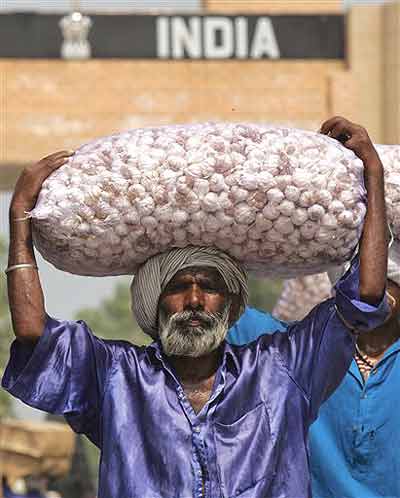
It would be fair to say that there has been a general indifference or skepticism with regard to the relevance of trade and people to people ties. At the same time, civil society activists on both sides of the Radcliffe, businessmen (especially in both the Panjab’s), religious pilgrims and those belonging to divided families on both sides of the divide, have continued to pitch for more reasonable visa regimes.
Kartarpur Corridor
Ever since the inaugural ceremony of the Kartarpur Corridor (the corridor seeks to connect Dera Baba Nanak, India with Darbar Sahib, Narowal in Pakistan – the shrine where the Guru of the Sikhs Guru Nanak Dev spent the last few years of his life) in November 2018, there may have been skepticism from the Cassandras of Doom (with many in India arguing, that the Kartarpur Corridor is an ISI conspiracy). Such individuals forget, that this has been a longstanding demand of large sections of the Sikh community for long.
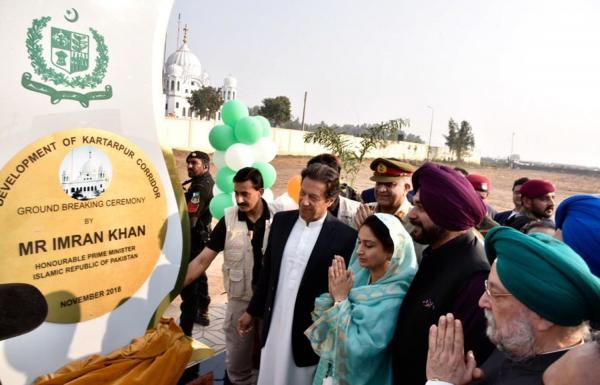
The inauguration of the Kartarpur Corridor has compelled both New Delhi and Islamabad to keep channels of communication open (albeit outside the framework of the comprehensive dialogue). New Delhi and Islamabad are of course yet to work out the modalities for travel (such as number of pilgrims daily and whether or not a passport would be required for travel)
![]()
Apart from statesmanship and foresight from New Delhi and Islamabad, the Punjab’s on both sides have a very constructive role to play in the bilateral relationship, since trade links as well as greater people to people links will benefit them the most.
----------
While speaking on the foundation ceremony of the Corridor, Imran Khan unequivocally pitched, not just for a better relationship, but also spoke for the need for closer economic ties between both countries.
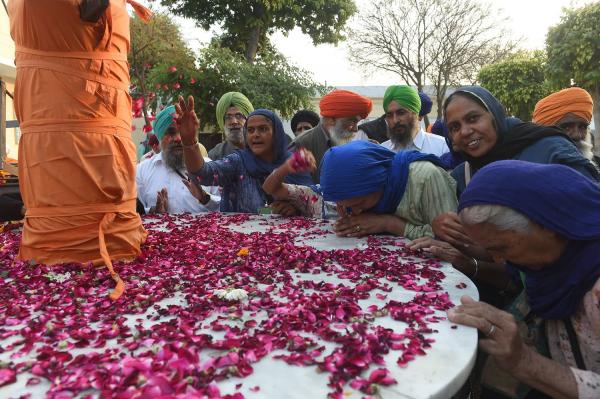
Apart from accepting the long standing demand of Kartarpur Corridor, a number of other good will gestures have been undertaken by Khan’s government, they include, issuing of visas to Hindu pilgrims to visit the religious shrine of Katasraj. Pakistan government has also taken note of the dilapidated condition of three historical Gurdwaras in Jhelum -- Gurdwara Bhai Karam Singh, Gurdwara Choa Sahib and Janam Asthan Mata Sahib Kaur and these shall be restored – the Walled City of Lahore Authority will assist in the same by providing technical expertise. Pakistan has also decided to convert a fort in Haripur, built by Hari Singh Nalwa (a commander in the Sikh Khalsa Army, which was the army of the Sikh empire) into a museum.
The recent decision to provide visas on arrival to citizens of countries will make it more convenient for Sikhs settled overseas (especially in US, UK and Canada) to visit Pakistan, and could play an important role in bridging the gap between both countries.
Emphasis on people to people ties
The Imran Khan government has undertaken some important steps from promotion of people to people contacts in general and religious tourism in particular. The Modi government has given mixed signals with regard to Pakistan, though after approving the construction of the Kartarpur Corridor it has spoken in favour of people to people links. PM Modi, a day after his cabinet’s approval for the Kartarpur Corridor, had in fact stated, that if the Berlin Wall could come down, there was no reason why India and Pakistan could not improve their ties. While addressing a rally, Modi stated:
‘We are making efforts to ensure that there is no obstacle in reaching the pilgrimage centre’.
Recently, on a visit to Attari, Indian Home Minister Rajnath Singh also spoke in favour of economic ties as well as closer people to people links.
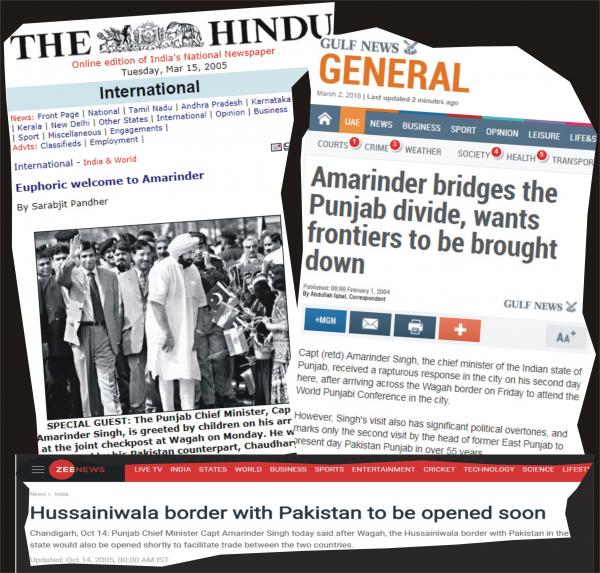
It was interesting to see the views of some prominent strategic commentators. While generally it is the contentious issues which are given greater importance in the broader Indo-Pak narrative, Ashraf Jahangir Qazi a retired Pakistani diplomat, and former High Commissioner to India, in an article for Dawn argued for Pakistan extending MFN status to India. Qazi also said:
‘Pakistan should offer travel, communications, confidence and security-building (including regular nuclear and water-management) discussions and proposals….’
Conclusion
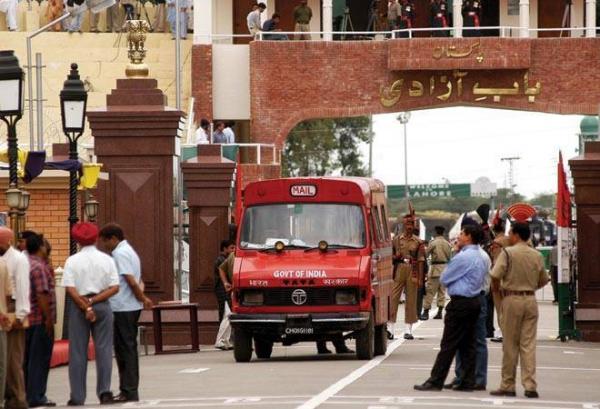
It is time, that India and Pakistan take people to people contacts more seriously, the realization that they could play an important role in reducing tensions is a welcome development. To ensure that these are successful, both governments will have to invest in them, and ensure that bureaucratic rules and paranoia do not acts as spoilers. Apart from statesmanship and foresight from New Delhi and Islamabad, the Punjab’s on both sides have a very constructive role to play in the bilateral relationship, since trade links as well as greater people to people links will benefit them the most.
